Executive Function Skills
By Gail Northcote and Jason McGowan
Why do some students continue to underperform in the classroom in spite of making good progress with their reading? Why do some students with mild difficulties achieve below students with more severe difficulties?
While there is no one definitive answer, part of the issue may be executive function. Each of the sub-skills which make up executive function impact on a student’s learning, with each one complex in its own right. As a start, it is helpful for parents and students to understand the vocabulary associated with executive function skills.
(continued from email …)
This is mostly the domain of Developmental Paediatricians and Psychologists but Occupational Therapists and Special Education Teachers often know a lot about executive function and should be consulted if difficulties are suspected.
Executive function can be trained. Parents and specialists can use what is known from research and implement strategies that are helpful to students. This is a huge area to examine – here is a simple overview.
According to Christopher Kaufman in his book Executive Function in the Classroom, ‘Stated broadly, executive skills are those elements of cognition that allow for the self-regulation and self-direction of our day-to-day and longer term functioning.’
Executive function consists of a number of skills, simplified into two main sections:
The Metacognitive Strand
- Goal setting
- Planning
- Sequencing
- Organisation of materials
- Time management
- Task initiation
- Goal directed attention
- Task persistence
- Working memory. This is the mind’s cognitive work-pad or short-term memory put to work.
- Set shifting. The ability to move between tasks and the steps within tasks
The Social/Emotional Strand
- Impulse control
- Emotional control
- Adaptability
You may recognise some of these in your child or student, but how can you help? Here are some ideas to consider:
The Metacognitive Strand
- Goal Setting: The clearer the goal, the more likely it is to be achieved. Help your child express what the goal is in their own words.
- Planning: Once a goal has been set, plans need to be developed. This is where visual supports such as calendars, charts, visual timetables are helpful.
- Sequencing: Some students struggle to understand the vocabulary around sequencing, so this may be a place to start. If necessary, provide pictures to illustrate terms such as initially, finally, before this etc.
- Organisation of Materials: Look at his/her desk or backpack. A photograph of what it should look like is helpful. You can also provide a checklist to be stuck onto the inside of a desk lid or laminated and attached onto a backpack.
- Time Management: Some adults struggle with this so we can see what an important life-skill it is. Help a student manage time by providing examples, visually displaying tasks on a calendar.
- Task Initiation: Some students simply don’t know where to get started and sit hopelessly waiting for a teacher to get around to help or lead. Remind them to go back to the goal – what has to be done, what are the smaller steps they need to achieve and how can time be managed to do this. Often the stress can be removed by starting the student off with ‘first do this, then do this.’
- Goal Directed Attention: If attention is not directed to the goal or maintained, the goal will not be accomplished. If this is an issue, is it because the student doesn’t know what to do, doesn’t want to do it or simply cannot focus even with effort? Is this an area that may need professional opinion?
- Task Persistence: Sometimes students give up at the first hurdle. There is a great YouTube clip by Angela Duckworth on ‘Grit’ from her TED Talk. Look this up as there are various lengths – if you have the time, listen to the whole TED Talk or read her book.
- Working Memory: This can impact on the amount of load as well as anxiety about the task. We know it can be improved with various brain training activities such as CogMed or Vektor, but there are also ways to support a poor working memory. Use sticky notes, visual reminders.
- Set Shifting: Some students can become quite resistant when asked to move on to another task. Understanding time management helps.
The Social/Emotional Strand Helps us Function in the Social World:
- Impulse Control: Sometimes we act before thinking. Some people more so than others. People develop strategies of their own over years – share these with your child. This may include counting to seven before answering; Stop, Think, Do; Identify the trigger and consider how your behaviour may impact others.
- Emotional Control: This is the self-management of emotions. The Zones of Regulation developed by an O.T can be helpful. This framework helps students identify their current emotion using different colours, with some simple strategies to help them self-calm and return to the optimal or green zone. You can read up more on this online.
- Adaptability: Life is very much about change, even more so in 2025. We can support students with change, but it is more helpful to teach them how to cope with change themselves. Of course, modelling is the first step, including problem-solving skills, having good and open communication skills and working with others.
If you found this article helpful, subscribe to Literacy Foundation for Children News.
To view more articles that may be of interest to you, click here.

